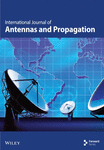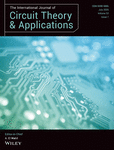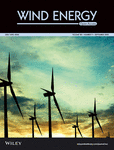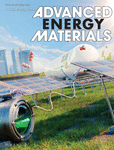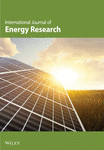International Transactions on Electrical Energy Systems is an open access journal publishing original research results on key advances in the generation, transmission, distribution, and conversion of electrical energy systems.
Journal Metrics
- 7.9CiteScore
- 1.9Journal Impact Factor
- 20%Acceptance rate
- 45 days Submission to first decision
As part of Wiley’s Forward Series, this journal offers a streamlined, faster publication experience with a strong emphasis on integrity. Authors receive practical support to maximize the reach and discoverability of their work.
Articles
Optimization Strategy for Demand Response Participation of Heterogeneous Flexible Load Aggregators Based on Inner Approximation Method
- 18 July 2025
An Improved Communication‐Free Dual Characteristic Over Current‐Based Protection Scheme for AC Microgrids
- 10 July 2025
Impedance‐Based Adaptive Droop Control for Islanded AC Microgrids and Overview
- 2 July 2025
Analyzing the Impact of Electric Vehicles on the Power Network of the United Arab Emirates
- 30 June 2025
Innovative Design for Energy Storage Cold Chain Logistics Vehicles
- 28 June 2025
The following is a list of the most cited articles based on citations published in the last three years, according to CrossRef.
A brief review on microgrids: Operation, applications, modeling, and control
- 31 March 2021
Graphical Abstract
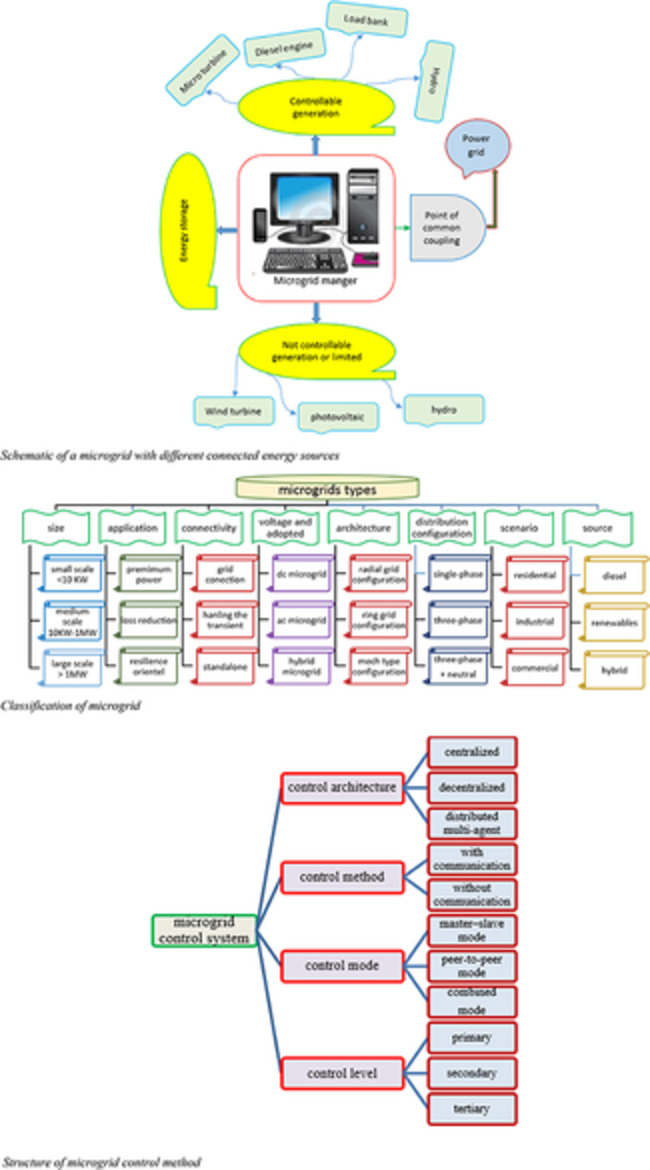
Microgrid is an important and necessary component of smart grid development. It is a small-scale power system with distributed energy resources. To realize the distributed generation potential, adopting a system where the associated loads and generation are considered as a subsystem or a microgrid is essential. In this article, a literature review is made on microgrid technology. The studies run on microgrid are classified in the two topics of feasibility and economic studies and control and optimization. The applications and types of microgrid are introduced first, and next, the objective of microgrid control is explained. Microgrid control is of the coordinated control and local control categories. The small signal stability and methods in improving it are discussed. The load frequency control in microgrids is assessed.
An attention-based CNN-LSTM-BiLSTM model for short-term electric load forecasting in integrated energy system
- 16 September 2020
Graphical Abstract
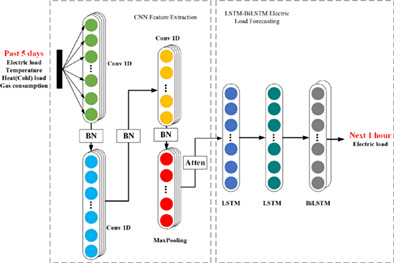
The historical load, temperature, cooling load, and gas consumption of the past 5 days are used as the input features. CNN integrated with attention block is utilized to extract effective features of the load impact factors. Then the load of the next hour is forecasted by the LSTM combined with BiLSTM layers.
The electric propulsion system as a green solution for management strategy of CO2 emission in ocean shipping: A comprehensive review
- 7 September 2020
Graphical Abstract
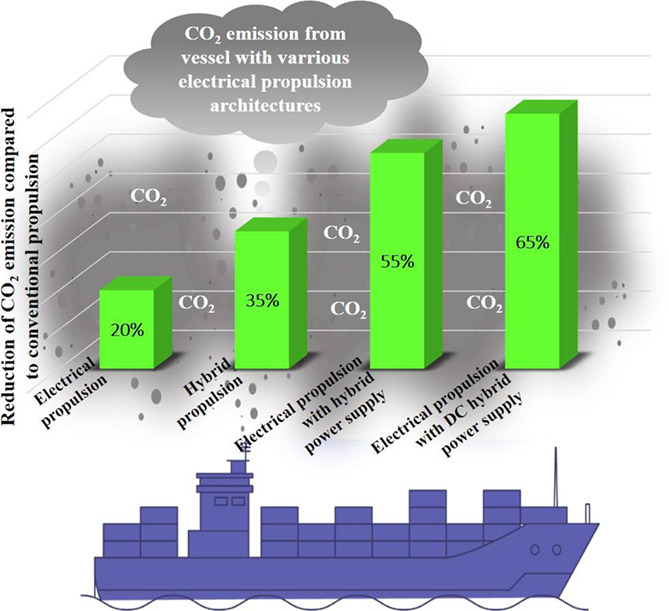
CO2 reduction level from electrical propulsion
Flywheel energy storage systems: A critical review on technologies, applications, and future prospects
- 19 July 2021
Graphical Abstract
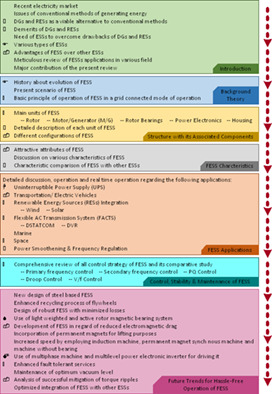
Energy storage systems (ESSs) are the technologies that have driven our society to an extent where the management of the electrical network is easily feasible. The balance in supply-demand, stability, voltage and frequency lag control, and improvement in power quality are the significant attributes that fascinate the world towards the ESS technology. However, being one of the oldest ESS, the flywheel energy storage system (FESS) has acquired the tendency to raise itself among others being eco-friendly and storing energy up to megajoule (MJ). Along with these, FESS also surpasses the quality of high power density, longer life cycle, higher rate of charge and discharge cycle, and greater efficiency. In this paper, an overview of the FESS has been discussed concerning its background theory, structure with its associated components, characteristics, applications, cost model, control approach, stability enhancement, maintenance, and future trends. The FESS structure is described in detail, along with its major components and their different types. Further, its characteristics that help in improving the electrical network are explained. The applications of the FESS have also been illustrated through their economically available prototypes. The economics associated with FESS technology has been projected. A thorough survey of various control strategies of FESS highlighting the merits and demerits of each has been discussed in depth. The stability enhancement and maintenance of the FESS unit have also been enumerated. Further, the paper also recommends numerous future work that plays a vital role in the hassle-free operation of FESS for the efficient functioning of the electrical power system.





